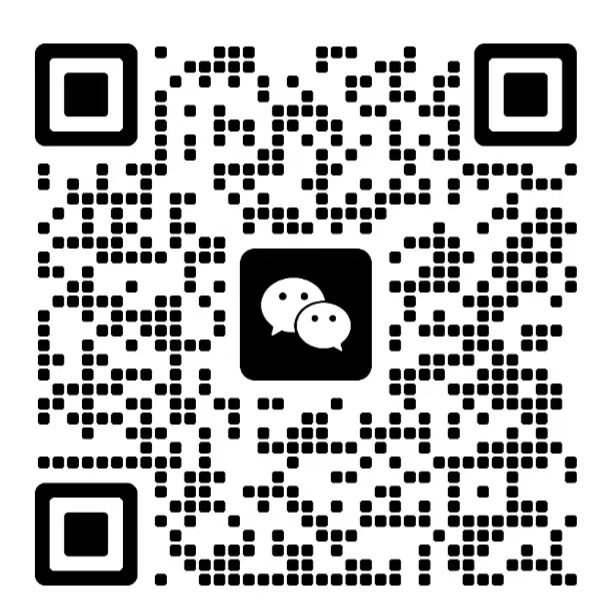Revolutionizing Design: The Innovative Applications of Carbon Fiber Unidirectional Boards
Release time:
2025-05-06
Revolutionizing Design: The Innovative Applications of Carbon Fiber Unidirectional Boards The advent of advanced materials has dramatically transformed the design landscape across various industries. Among these innovations, **carbon fiber unidirectional boards** have emerged as a groundbreaking solution, combining exceptional strength with lightweight properties. Their unique composition not only
Revolutionizing Design: The Innovative Applications of Carbon Fiber Unidirectional Boards
The advent of advanced materials has dramatically transformed the design landscape across various industries. Among these innovations, **carbon fiber unidirectional boards** have emerged as a groundbreaking solution, combining exceptional strength with lightweight properties. Their unique composition not only enhances performance but also opens up endless possibilities in **architecture**, **automotive**, **aerospace**, and **product design**. In this article, we will explore the innovative applications of carbon fiber unidirectional boards and their impact on modern design.
Understanding Carbon Fiber Unidirectional Boards
Carbon fiber unidirectional boards are comprised of carbon fibers aligned in a single direction, providing remarkable tensile strength and stiffness. This unidirectional arrangement allows for tailored mechanical properties, making these boards ideal for a variety of applications. Their lightweight nature significantly reduces the overall weight of structures or products, thus improving efficiency and performance.
The Composition and Manufacturing Process
The creation of carbon fiber unidirectional boards begins with the careful selection of precursor materials, typically polyacrylonitrile (PAN). The manufacturing process involves several steps, including:
- Spinning: The precursor is spun into fibers, which are then heated to remove non-carbon elements.
- Carbonization: The fibers undergo a high-temperature process in an inert atmosphere, resulting in carbon fibers.
- Resin Impregnation: The unidirectional fibers are impregnated with resin, which binds them together and enhances structural integrity.
- Curing: The composite is then cured to solidify its form and properties.
Key Properties of Carbon Fiber Unidirectional Boards
Several key properties make carbon fiber unidirectional boards an attractive choice in design:
- High Strength-to-Weight Ratio: Carbon fiber offers superior strength while remaining lightweight, making it ideal for applications where weight is critical.
- Corrosion Resistance: Unlike traditional materials, carbon fiber does not corrode, ensuring longevity even in harsh environments.
- Thermal Stability: These boards maintain structural integrity under varying temperatures, making them suitable for demanding conditions.
- Customizability: The manufacturing process allows for tailored properties by adjusting fiber orientation and resin types.
Innovative Applications in Architecture
The architectural industry has rapidly adopted carbon fiber unidirectional boards due to their unique properties. Here are some groundbreaking applications:
Structural Reinforcement
Carbon fiber unidirectional boards are extensively used for reinforcing existing structures without adding significant weight. They provide additional strength to beams, columns, and walls, enabling architects to design more daring structures while ensuring safety and compliance with building codes.
Facade Systems
In modern architecture, aesthetics play a crucial role. Carbon fiber boards can be utilized in the design of building facades, offering a sleek, contemporary appearance while enhancing structural performance. Their versatility allows for creative shapes and forms that traditional materials cannot achieve.
Revolutionizing Automotive Design
In the automotive industry, carbon fiber unidirectional boards have found numerous applications, contributing to vehicle performance and safety.
Lightweight Components for Enhanced Performance
Automakers are increasingly using carbon fiber materials for manufacturing lightweight components, such as body panels, chassis, and interiors. The reduction in weight leads to improved fuel efficiency and overall performance, essential in an era where sustainability is paramount.
Impact Resistance and Safety
Carbon fiber's exceptional strength also enhances vehicle safety. The material can absorb impact energy during collisions, thus protecting passengers. Manufacturers are integrating carbon fiber unidirectional boards into safety-critical components, ensuring vehicles meet stringent safety standards.
Aerospace Innovations
The aerospace sector is another field where carbon fiber unidirectional boards have made significant strides. Aircraft manufacturers are leveraging these materials to achieve remarkable advancements.
Fuel Efficiency in Aircraft Design
Carbon fiber unidirectional boards are integral to the construction of modern aircraft. Their lightweight nature contributes to a significant reduction in fuel consumption, enabling longer flight ranges and lowering operational costs. As airlines strive for sustainability, these boards are becoming crucial in aircraft design.
Structural Integrity and Durability
In aerospace, the durability of materials is paramount. Carbon fiber unidirectional boards exhibit remarkable resistance to fatigue and environmental factors, ensuring that aircraft maintain their integrity over time. This reliability is essential for the safety and efficiency of air travel.
Transforming Product Design
Beyond architecture and transportation, carbon fiber unidirectional boards are reshaping product design across various industries, including consumer electronics, sports equipment, and furniture.
Consumer Electronics
The sleek and modern aesthetic of carbon fiber has made it a popular choice for consumer electronics. From smartphone cases to laptop shells, manufacturers are utilizing carbon fiber unidirectional boards to create lightweight, durable products that appeal to tech-savvy consumers.
High-Performance Sports Equipment
In the realm of sports, carbon fiber has revolutionized equipment design. Bicycles, tennis rackets, and golf clubs made from carbon fiber unidirectional boards offer athletes enhanced performance and better handling, allowing for improved results on the field or court.
Future Trends in Carbon Fiber Unidirectional Boards
As technology advances, the potential applications of carbon fiber unidirectional boards will continue to expand. Here are some anticipated trends:
Recycling and Sustainability Initiatives
With an increasing focus on sustainability, researchers are exploring ways to recycle carbon fiber materials. Innovations in recycling processes could lead to more eco-friendly production methods, making carbon fiber a sustainable choice for manufacturers.
Integration with Smart Technologies
The incorporation of smart technologies in carbon fiber materials could lead to the development of products that not only provide structural benefits but also offer sensory capabilities. This integration could transform industries such as healthcare and automotive, creating smarter, more responsive products.
FAQs About Carbon Fiber Unidirectional Boards
1. What are carbon fiber unidirectional boards used for?
Carbon fiber unidirectional boards are used in various industries, including architecture, automotive, aerospace, and product design, primarily for their strength-to-weight ratio and durability.
2. How do carbon fiber unidirectional boards compare to traditional materials?
Compared to traditional materials like steel and wood, carbon fiber unidirectional boards offer higher strength, lower weight, and greater corrosion resistance, making them a superior choice for many applications.
3. Are carbon fiber unidirectional boards environmentally friendly?
While carbon fiber production has environmental impacts, there are ongoing efforts to develop recycling methods and sustainable practices to minimize these effects.
4. Can carbon fiber unidirectional boards be customized?
Yes, the manufacturing process allows for customization in terms of fiber orientation, resin types, and board thickness, enabling tailored properties for specific applications.
5. What are the future prospects for carbon fiber unidirectional boards?
The future of carbon fiber unidirectional boards looks promising, with trends leaning towards recycling, sustainability, and integration into smart technologies, expanding their applications across various industries.
Conclusion
Carbon fiber unidirectional boards have undoubtedly revolutionized the design landscape across multiple industries. Their unparalleled strength, lightweight properties, and versatility make them a go-to material for architects, engineers, and designers alike. As we move forward, it will be fascinating to witness the continued evolution of these innovative boards, paving the way for a more sustainable and efficient future in design. Embracing these materials not only enhances performance but also aligns with the growing demand for innovative, eco-friendly solutions in an ever-evolving world.
Latest News
Add WeChat


24-hour service hotline:
Address: Shandong Province, Dezhou City Economic and Technological Development Zone, Project East East Chongde 11 Road East


